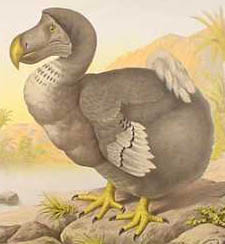
Once upon a time, a decade or so ago, the word allocation struck both enthusiasm and fear into the hearts of the world of wine. You see, there were wines that were so sought after, that wineries and wine distributors would deem whom to be worthy to be doled out in bottle quantities, often after fulfilling other obligations. So egregious were these allocations, that they were sometime linked to completely disparate products from suppliers that have no relationship. Others were so unrealistic that only a few could really ever earn these allocations. It was a time when a high Parker score on a relatively inexpensive aussie wine sent buyers into a fervor. Allocations were once so crazy that large wineries didn't sell, they just handled allocations. Then the wine industry changed forever. Some people like to think that it didn't, but it did. It changed forever and will never be the same again.
Without reliving the economy, 9/11, housing bubble, etc. What has really happened is that buyers have rebelled against the allocations and told wineries and distributors to shove it. They don't need the wines that they were allocated. They have learned that being a good wine merchant is not determined by how much you can bully your rep and distributor into increasing your allocation, it is about finding the road that is perhaps, less traveled. It is about forging your own path, on your own terms, not being beholden to sell anything you don't want to just because they have something you do want. Most importantly though, consumers have stopped (although not completely) seeking out these rare, highly rated prizes. The ratings don't matter so much anymore, and the droning white noise of the greatest vintage ever proclamations has long since stopped shaping anyone's cellar.
It has been replaced by an egalitarian-merit based wine buying populace, that is more concerned about the opinion of the guy in the wine shop that some douche-y wine writer (thank you internet). The feeding frenzy has subsided.
How would you feel if you were on the other side of that equation? Where you don't get allocated something? You wouldn't take real kindly when the well dried up and you got your crack, would you? That's where we are now. Now, when people say allocation, I worry that this will set off some latent response that they wish they would have said to their distributor in 1999. Suppliers need to de-emphasize the idea of allocations (assuming there are many left that still need to do this). Distributors need to switch over to the old-school method of an offering. It's a much more humble tact, and more appreciated. allocations implies that only these people are going to be "offered" these wines. Take everything you get, say thank you for every order, and if you can only offer a finite amount of wine, be courteous and tactful, it will go a lot further.












